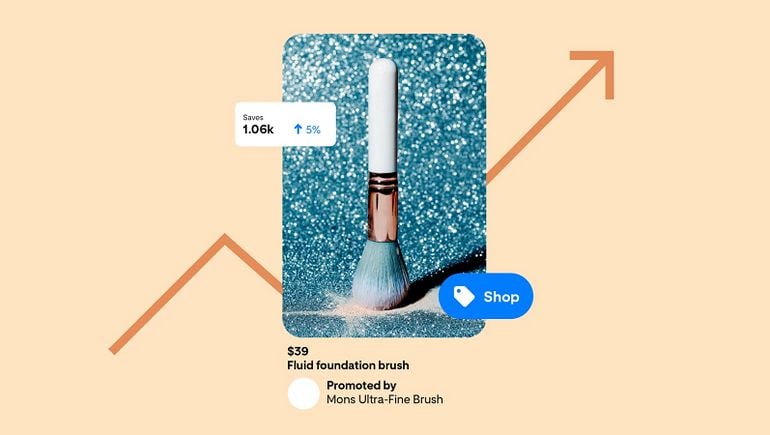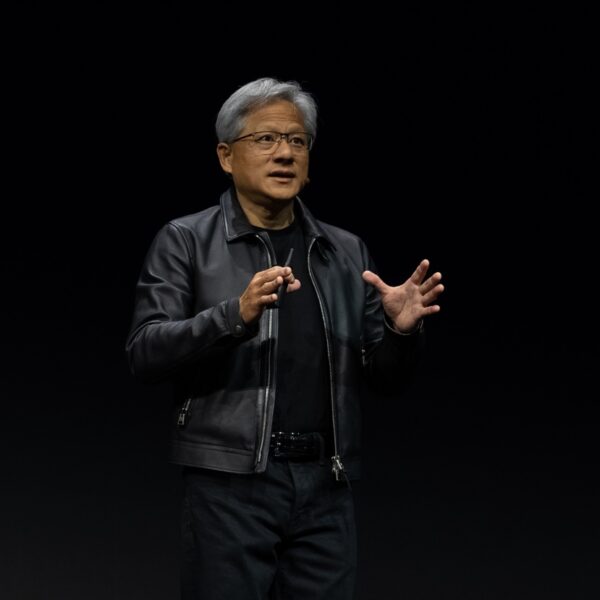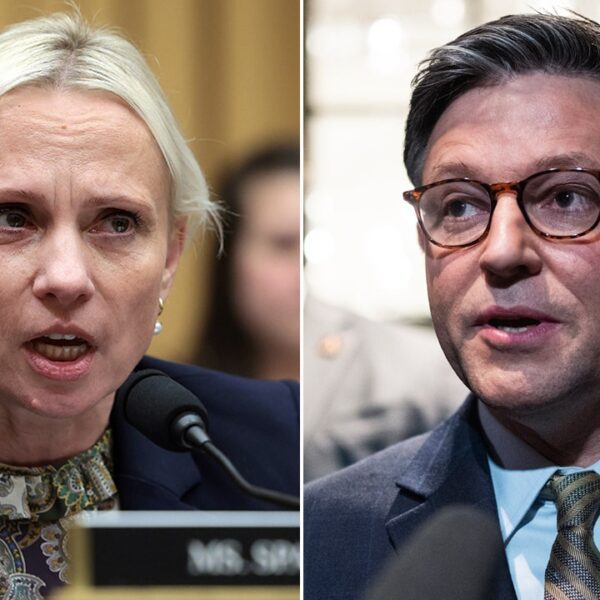LinkedIn says that it’s rolled back a recent algorithm change that led to people seeing a lot more older posts in their feed, while it’s also provided some more guidance on hashtag use (or lack of use) to help guide your process.
First off, on the algorithm shift. In recent weeks, many LinkedIn users have complained about seeing older posts resurfacing in their feeds, which, in many cases, lessens the value of the main timeline.
LinkedIn says that it’s looked into this, and it’s now rolled back a recent algorithm update that led to more older content being shown in-stream.
As per LinkedIn’s Bhairavi Jhaveri (in a now deleted LI post):
“Your feed may have looked slightly different in the last few weeks, and you would have seen many more ‘older posts’ than you would have liked. This was part of some testing we were doing to strike the right balance between prioritising relevant content vs recent content in your feed. The dramatic shift was only temporary and it will go back to feeling far more normal now.”
Jhaveri explained that the aim of the change was to ensure that people weren’t missing important updates, like job changes in their network, if they didn’t log in for a few weeks. But evidently, that didn’t have the desired effect, so LinkedIn is now seemingly going back to the drawing board on this one.
Though, again, it may worth noting that Jhaveri’s update is no longer available. So maybe they’re still working out the specifics, but your LinkedIn feed should be fresher again.
Next up, on hashtags, and whether you should still be adding hashtags to your LinkedIn posts.
We did explore this last year, but LinkedIn has recently added some more, official context around the need, or not, for hashtags in your posts.
As you may recall, for a long time, LinkedIn didn’t actually support hashtags at all, but then in 2018, the platform not only reactivated hashtag discoverability, but it also started pushing hashtag use in an effort to get more users manually categorizing their posts.
But that, seemingly, has now fallen by the wayside, because LinkedIn’s text detection and matching models have improved, so it now has a better understanding of what a post is about, based on the actual text itself and the person who posted it.
Also, people just don’t use tags on LinkedIn like they do in other apps.
As explained by LinkedIn product chief Rishi Jobanputra:
“Since hashtags were introduced over a decade ago, I’d say our feed algorithm has really evolved, and we’re just doing a better job at what content is about and trying to match it to the right audiences.”
So you can add hashtags, and Jobanputra does further note that hashtags can be useful for when people are trying to search for a specific trend or a topic. But for the most part, LinkedIn’s detection models and tools and infer topical relevance and value based on the text, and context of each post, so they probably don’t serve a significant need.
Which is pretty much what LinkedIn also told me last year:
“Using hashtags can be a helpful tool for viewers to easily identify what a post is about and find other related posts. However, it’s important to use hashtags that are closely related to the topic of the post for them to be most effective. In addition to hashtags, we also consider conversation topics and keywords to help surface relevant information for professionals looking to advance in their careers.”
So, maybe, if there’s a specific trending topic that you want to tap into, that people are searching for on LinkedIn, it could still be worth considering. But from the sounds of it, most LinkedIn users aren’t searching by topic like they would in other apps.
Indeed, Jobanputra also notes that LinkedIn is currently in the process of getting rid of hashtag-based feeds, because nobody uses them.
On another front, LinkedIn CEO Ryan Roslansky recently spoke to Semafor about future plans for posting functionality, and what’s coming next on AI, in particular.
Roslaksy said that they’re exploring new AI tools, like a voice-enabled AI interviewer to help craft your resume, and an AI coaching tool for CEOs ahead of interviews, which will aim to push them with hard questions.
Though Roslansky also noted that LinkedIn’s AI posting feature hasn’t exactly been a hit.
As per Semafor:
“Many users tried out an AI-powered tool that offers to make their LinkedIn posts look more polished, but it hasn’t caught on, Roslansky says. LinkedIn is ‘your professional identity,’ he says, so its users need to sound authentic. People posting AI-generated content ‘get called out’ on the site, he adds, ‘and you don’t want to get called out in your professional context.’”
Which might also be what LinkedIn is hoping will help it avoid an influx AI slop, because definitely a lot of the posts and comments that I see on there read like they’ve been pumped out by AI.
But either way, Roslansky says that AI posting tools are not a big deal as yet, and LinkedIn’s looking to add even more AI functions in future.














